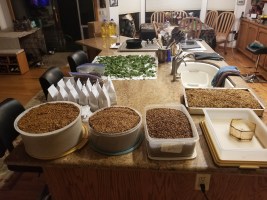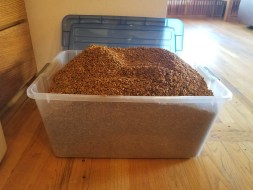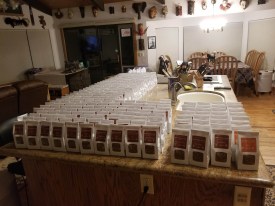
The College Board just announced that it will no longer offer the SAT II Subject tests or essay portions of the SAT. Even pre-COVID, the nation was already moving towards reducing testing requirements by making the SAT and the ACT test optional. So how do colleges determine which students are the best and most prepared to excel at their institutions?
As always, grades are the most important criteria that admissions officers consider when reviewing college applications. They look at what courses are offered, and which courses the student has taken. Selective colleges prefer to see students taking the most rigorous courses offered and acing them. Those who take AP, IB, or community college courses demonstrate that they can handle and excel at a higher level than those who take regular high school courses.
So now the pressure is on getting that coveted “5” on the AP exams and taking more AP courses. Instead of studying for the SAT Subject tests, students will study for the AP exams. Hmm, they’re both owned by the College Board. AP courses are supposed to be college-level classes taught in high school but most agree that they cover only about 30% of the concepts that are taught in introductory college courses.
Students who take AP courses spend the entire school year preparing for the AP exams in May. Their teachers present information, give study guides, and hammer facts that will be on the big exam. By preparing students to ace the AP test, they give dozens of practice tests and require vast memorization of concepts. This doesn’t allow these teachers to have Socratic seminars and discussions, or to assign research or projects to delve into these subject areas. Student learn to regurgitate information under pressure with loads of mind-numbing assignments – and then, they forget it all a month later.
About the SAT essay — I believe that this was actually the fairest way to determine if a student has the writing skills to be successful in college. By giving them 25 minutes to write a coherent essay, all students across the US had the same prompt and wrote their essays without any help. Critics of the SAT essay argue that there are other ways to determine how well a student writes – suggesting that their college application essays would do just that. Colleges aren’t naïve enough to think that students’ personal statements and short essays actually represent their real writing skills. Instructions on college applications even suggest that students have others proof read their essays before submitting them. Most students get more support than just proof reading…
Even though many colleges are going test optional in the future, the best students will continue to take the SAT or ACT to give themselves an edge in the college admissions process. Beyond the fuss over SAT subject tests and writing requirements, my recommendation is for students to do stellar independent projects throughout high school. This is the best way to stand out and get in.
SOURCE:
The post No more SAT Subject tests and no more SAT essays! appeared first on Merit Educational Consultants.


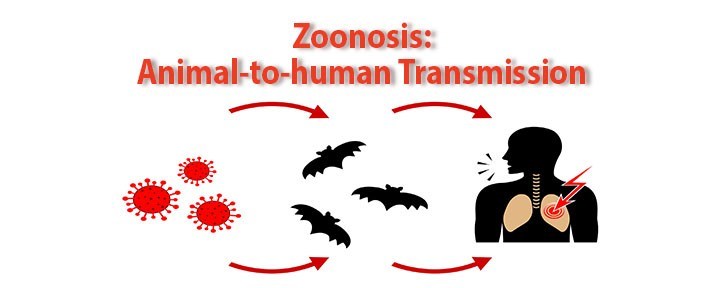
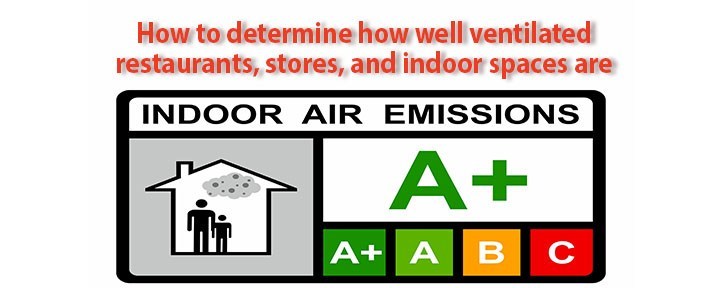


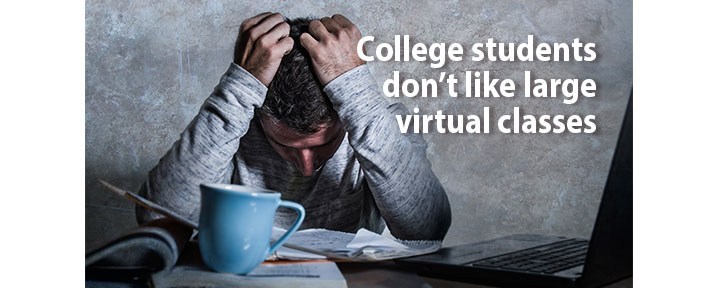
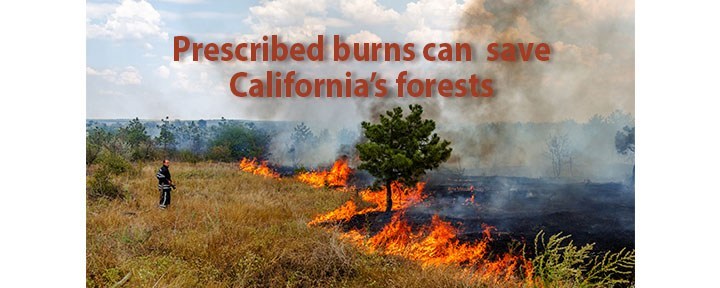

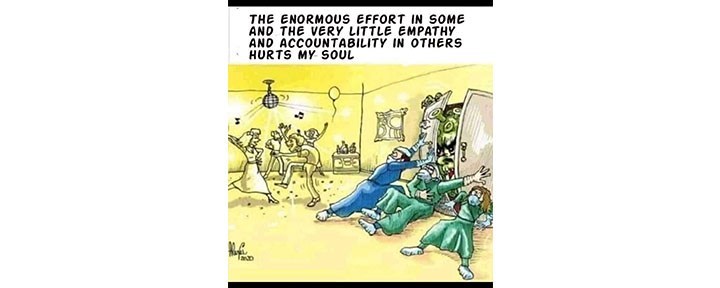
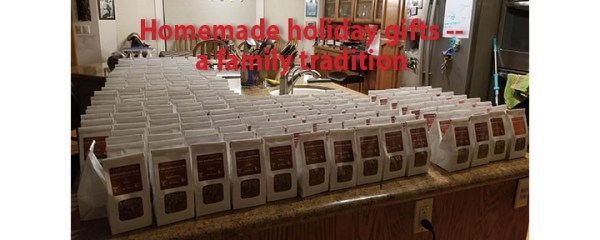
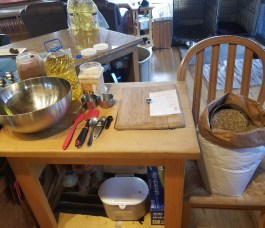 -19 has certainly put a damper on getting together and doing traditional things, we still created 250+ gift bags. This year, I did all the cooking but we still had to agree on labels, coordinate shipping that we did together through texts and calls. I sent photos with constant updates so everyone was still part of the process. While I missed the group activities and all the fuss that goes along with making our annual gifts, I’m glad that our family tradition continues even during a pandemic.
-19 has certainly put a damper on getting together and doing traditional things, we still created 250+ gift bags. This year, I did all the cooking but we still had to agree on labels, coordinate shipping that we did together through texts and calls. I sent photos with constant updates so everyone was still part of the process. While I missed the group activities and all the fuss that goes along with making our annual gifts, I’m glad that our family tradition continues even during a pandemic.